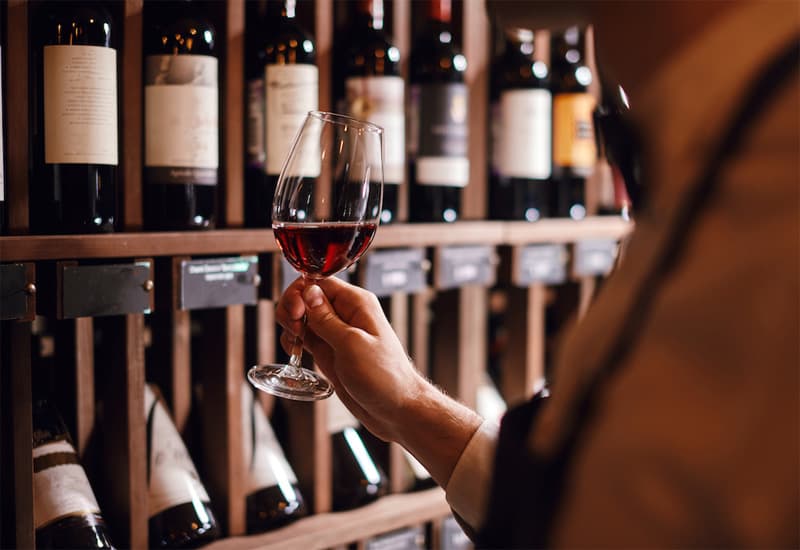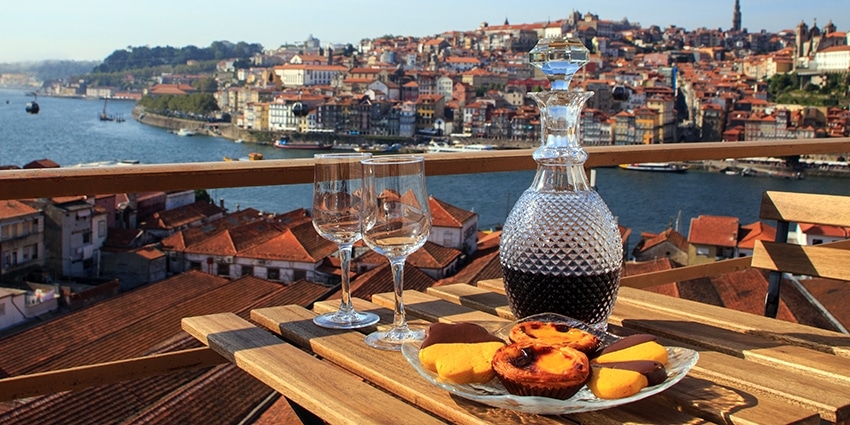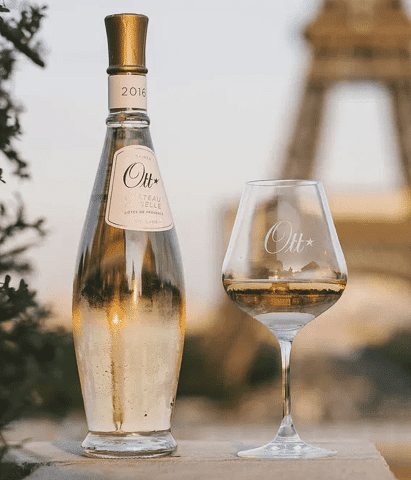The wine industry is entrenched in traditional values, and both reluctant and nervous to embrace change. It’s a significant business and economic power. But with the growth of digital marketing, the wine industry is forced to change its ways.
To stay ahead of the game, including its competition, wine merchants turn to digital ecommerce marketing to maintain market share. The goal is to maximise the potential return from every nuance of data they can, from their audience, to generate more sales. As a result, digital marketing is now at the heart of the wine industry’s strategy.
Here, we will discuss some of the trends expected to shape the future of the global wine industry.
Styles and tastes continue to blur
Wine is a broad category. It encompasses many styles, from light and fruity to heavy and earthy. But it’s also a constantly evolving category. The boundaries between these styles are becoming more blurred as time goes on. For example, wine is often served as an aperitif or digestif.
The food industry has already made great use of wine in this way. But that trend is not limited to the food industry. The wine industry is also becoming more inclusive of wines that fall into other categories, such as “light” and “heavy.” We might bemoan the fuzziness of choice, but it is the customer’s prerogative to choose as they see fit, not ours to dictate no matter where the lines were previously drawn.
Fizz becomes an everyday staple
Sparkling wine is a popular beverage in many European countries. But it’s only recently that sparkling wine has become more popular. However, it is expected to become an everyday staple.
Sparkling wine is gaining popularity because people’s income has perpetually grown and, in first world countries – the main consumers, have become accustomed to it being always being there. Originally for celebrations, it is a lifestyle choice perpetually now as people expect it to reflect their life value.
Climate changes force producers further north, and a plethora of new labels and brands have also compounded this interest, none more so than Nyetimber. Sparkling wine will soon overtake traditional beer as the most commonly consumed alcoholic beverage. It’s predicted that sparkling wine will outsell beer by the end of the year.
Wine purchasing moves online
The wine industry is currently transitioning from a retail to an ecommerce-driven industry. This is because the wine industry is becoming increasingly digitised. Gen-Z, Millennials and Gen-X have had their phones glued to their ears now for decades, and woe betide the retailer who baulks at how they want to shop.
See The definitive guide to mobile commerce, and younger generations key to wine success.
The main reason is that sales are soaring in online channels as consumers become more accustomed to buying wine online. For example, recently acquired clientele are helping victualers retain these customers using their expertise and experience in ecommerce.
For instance, wineries use hyper-personalisation software and social media marketing to promote their products and services on the Internet. This helps to increase their customer base and thus increase sales.
You may enjoy: See How to offend your customers and alienate people.
Restaurant by-the-glass preferred over wine lists
While the wine industry is traditionally associated with fine dining, this is slowly changing. This is because wine lovers are becoming increasingly adventurous and want to try new wines. However, this trend could be affected by the recent rise in grape prices. It is moving away from selections against food.
Restaurants are adapting by offering more experimental wine programs. For instance, they are experimenting with various wines and ingredients in their dishes, although they do continue with pairing food with wine, they are also creating new menu items that use wine as an ingredient or seasoning.
For example, a restaurant may have a “wine flight” that includes a different selection of wines every night at certain times of the day. This helps increase sales as customers are attracted to wine’s “experiential” aspect.
Ecommerce increases diversity – ideal for boutique wines
With ecommerce, people have become more accustomed to shopping from the comfort of their homes. This has allowed small producers and niche retailers to reach a broader market and increase sales.
The growth of ecommerce has helped smaller wineries to market themselves more effectively online. Small wineries also use digital marketing channels such as SEO and social media marketing to promote their products and services on the Internet. This helps to increase their customer base and thus increase sales.
Wine sales rely on hyper-personalisation to secure success
Wine is a very personal choice, and to define consumers by their selection is potentially hazardous, as it is dictated by many things on the day, and no one as you might hope, holds a historically intransigent opinion.
Taste matures over time, as new experiences are enjoyed. Not forgetting our human frailties, that wine enjoyed in a location or occasion could affect the selection, as it is the memory hoping to be recaptured, not just the vintner, chateau, year, weather, grape or price., but the occasion and naturally the company they were with.
So how then do you emulate this degree of hyper-personalisation in your wine marketing? Up to several years ago, it was widely assumed the only way this could be achieved was through segmentation of your offers to predefined groups of people – segments. This cumbersome task is now able to be eliminated from your long list of gripes, as software is available that can select the next most likely purchase for every individual consumer on your books.
Sometimes called individualisation and designed for vintners and growers alike, hyper-personalisation is installed simply on your website platform as a plugin.
It turns traditional ways of offering choice to customers en mass, instead of using each individual’s previous purchase history, and their impressions to offer exactly that person’s preferences to them. It then calculates what each person is most likely to buy next. It packages their choices in an email and the send time is optimised for each person.
PPS returns the highest ROI in ecommerce marketing and was originally devised for the wine industry.
Verification of hyper-personalisation performance is available on a free trial here.
See or full list of articles for the wine industry here.





